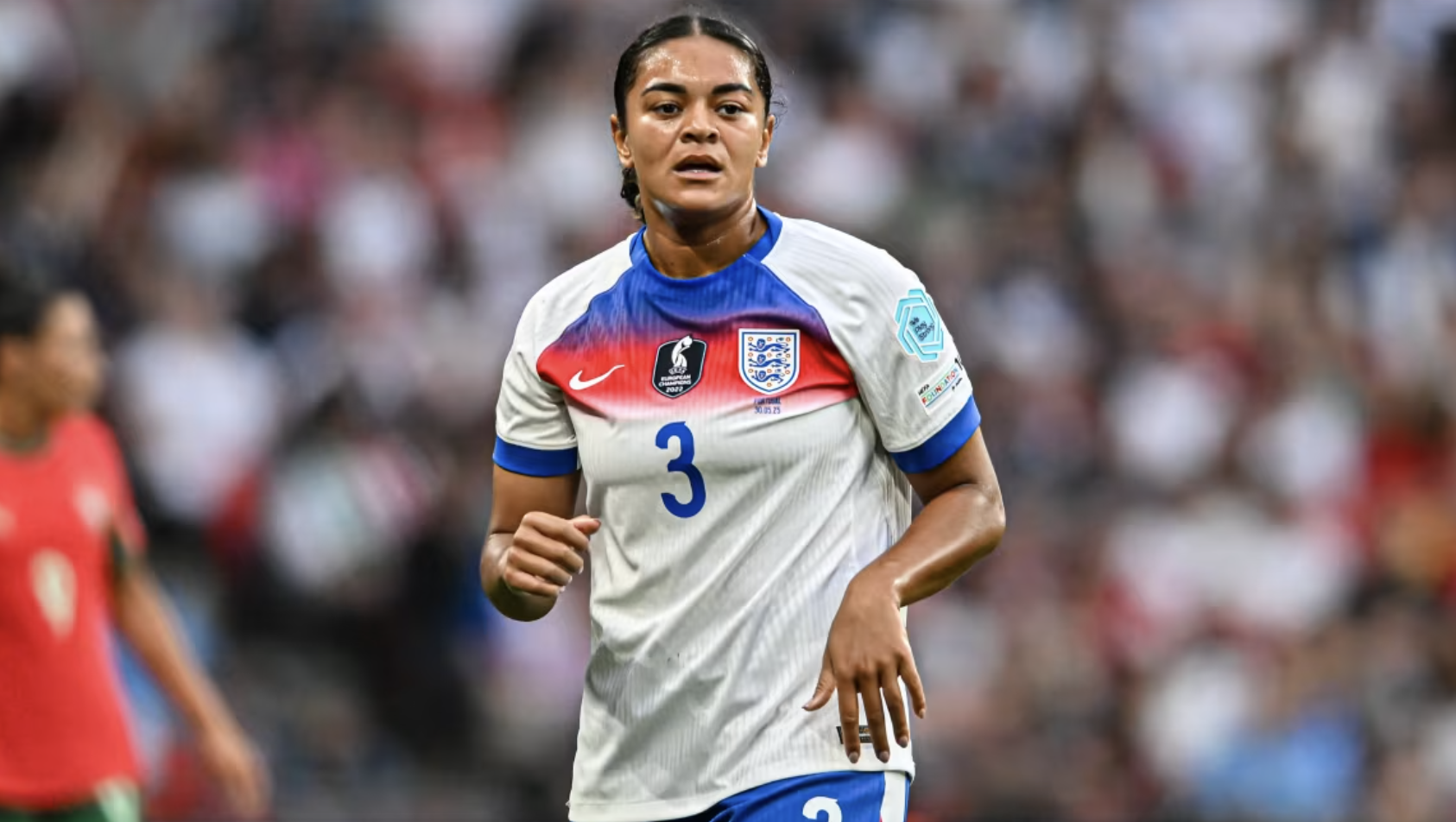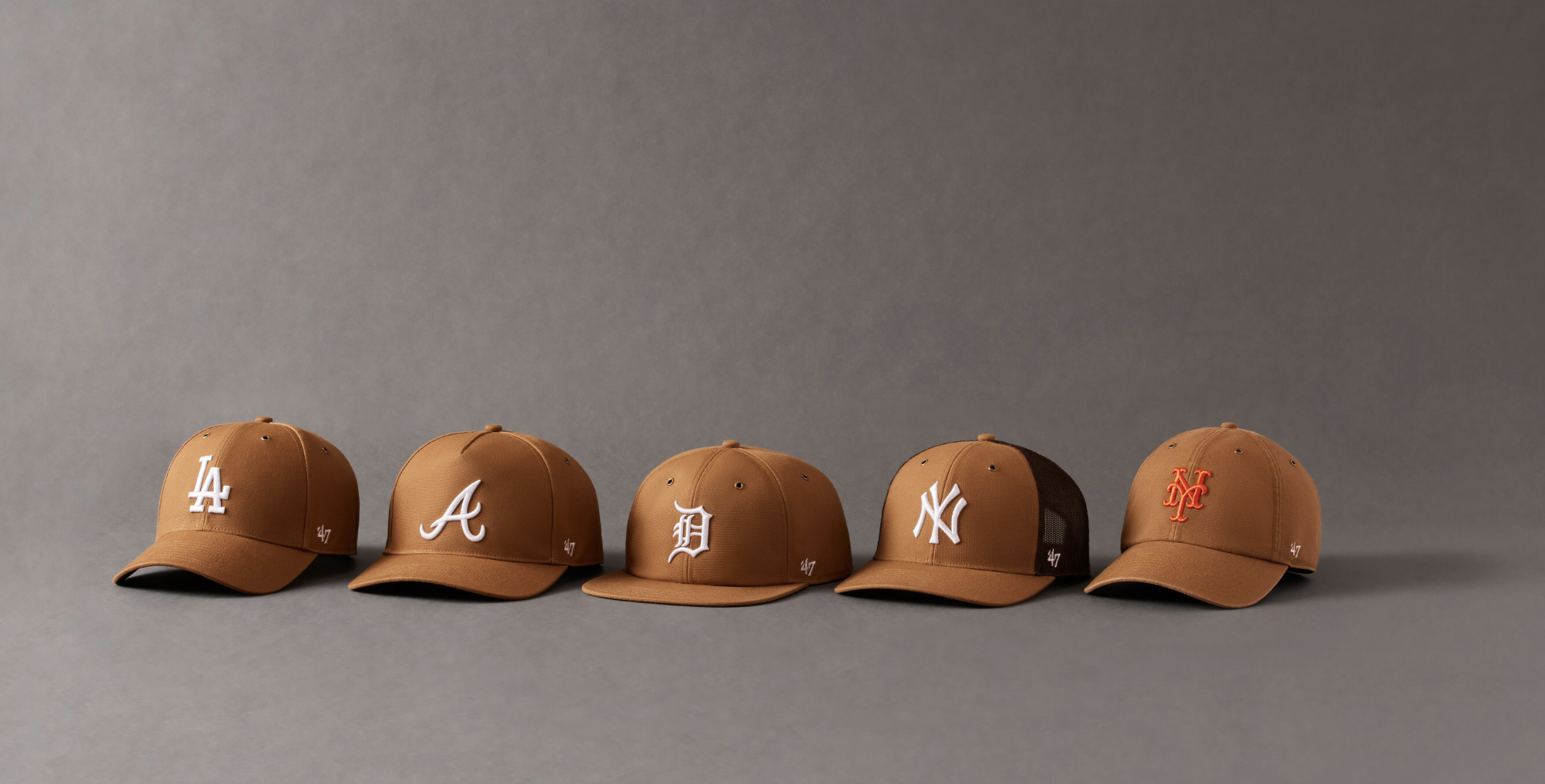The UEFA Women’s Euro 2025 is turning out to be more than a sporting event - it’s proving a powerful catalyst for tourism, retail, and national visibility in Switzerland. As the group stages wrap, early indicators point to a transformative moment not just for women’s football but for the broader cultural economy of the host nation.
Women’s Football as an Economic Engine
According to Visa data shared with CNBC, Switzerland saw a 12% year-on-year increase in visitor numbers during the first week of the tournament. Most significantly, fans from Germany, Poland, and the Netherlands led with a 25% increase, while UK visitors rose 20% and those from Italy and France followed with 15% and 10% increases respectively.
Consumer spending across Swiss host cities spiked 27%, with retail sales alone up 30%. Cities like Bern and Thun reported nearly double restaurant and entertainment revenues. It’s a surge that underscores the multiplier effect of major women's sporting events - one that cities and marketers should not ignore.
📊 Supporting Stats
600,000+ advance tickets sold, with 35% purchased by international visitors (UEFA)
22 out of 24 group-stage matches sold out
Visitor spending rose 25% in key host towns like Thun (Visa via CNBC)
Euro 2022 saw global TV viewership reach 365 million, up from 178 million in 2017 (UEFA)
Changing Perceptions, Shaping Culture
For years, packed stadiums for women’s football seemed unlikely. But Euro 2025 builds on the momentum of Euro 2022 in England, which saw landmark achievements in audience numbers, media visibility, and commercial value. The current tournament has amplified those gains, with supporters travelling from 114 countries and matches drawing sold-out crowds.
UEFA’s Nadine Kessler highlighted that over 61,000 Germans, 41,000 English, and thousands more from the US, France, and the Netherlands have travelled to Switzerland - a figure that underscores women’s football’s growing global appeal.
Fans and stakeholders report strong local engagement in cities like Lucerne, where the tournament’s branding and energy permeated daily life. In contrast, cities like Geneva showed a more muted atmosphere earlier in the group stage, suggesting varying levels of local integration.
Still, the atmosphere around the event has been praised for its inclusivity, family appeal, and community spirit - traits that differentiate it from the male-dominated football experience and present a fresh proposition for brands and tourism boards alike.
📝 Key Takeouts
Euro 2025 is already a tourism and commercial success for Switzerland, driven by women’s football’s global momentum.
The economic impact is tangible: +12% visitors and +27% consumer spend in just one week.
Fan experience and civic participation differ across host cities, highlighting the importance of local activation.
Long-term value will depend on legacy planning, from grassroots investment to tourism brand-building.
Women’s football continues to redefine expectations. With the right vision, it can do the same for national brands, cities, and economies.



















